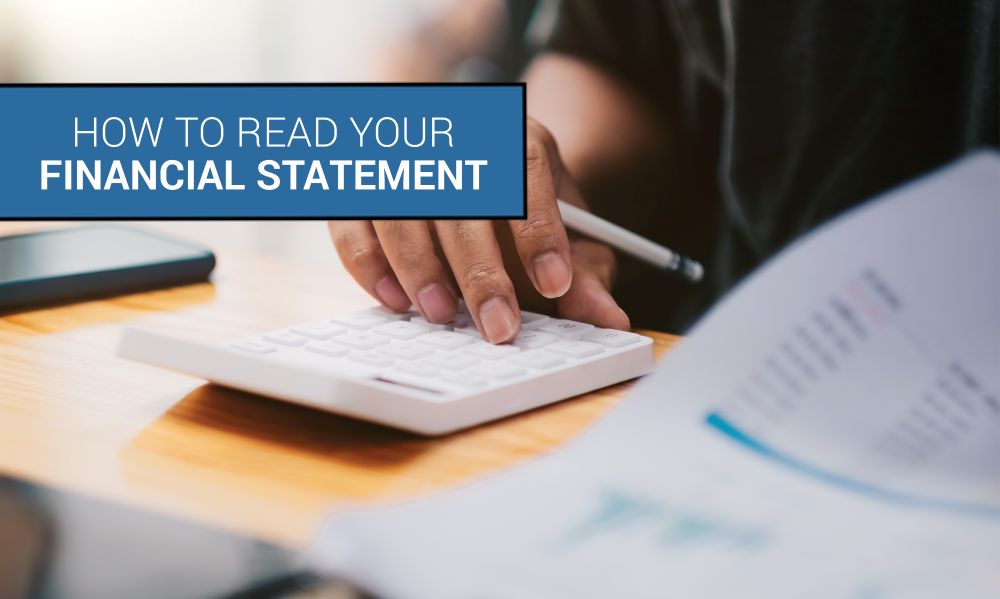At Kenmore Team, we believe confident property owners make the best investment decisions. Understanding your monthly financial statement is one of the most valuable skills you can develop as a real estate investor. Whether you own a single rental or an entire portfolio, these statements tell the story of your property’s health—income, expenses, and performance—all in one place.
1. The Purpose of Your Financial Statement
Your monthly owner statement provides a snapshot of your property’s cash flow and profitability. It’s designed to show exactly where your money is going, how much income is being generated, and what’s available for disbursement. Think of it as your property’s “report card.”
At Kenmore Team, we present statements in a clear, transparent layout so you can easily see:
*Income collected (rent, late fees, pet rent, utility reimbursements, etc.)
*Expenses paid (maintenance, management fees, utilities, HOA, etc.)
*Net income (what’s left after all activity)
*Owner draw (the funds we transfer to you)
2. Income Section
The income section lists all rent and additional revenue collected during the month. You’ll typically see:
*Base rent: Standard rent collected from tenants.
*Additional income: Pet rent, admin fees, utility reimbursements, or lease-break fees.
*Security deposit transfers (if applicable): When a deposit is released or applied.
Tip for multi family: Compare this section with your unit occupancy to ensure all active leases are producing rent as expected.
3. Expense Section
Here you’ll see a detailed list of expenses paid on your behalf. These often include:
*Repairs and maintenance
*Vendor payments (plumbing, electrical, landscaping, etc.)
*Management fees
*Utilities or HOA dues
*Property taxes or insurance (if managed through reserves)
*Each expense includes a description and invoice reference for your review. If you ever have questions about a specific charge, our accounting team can provide copies of receipts or work orders.
4. Net Income & Owner Distribution
At the bottom of your statement, you’ll find net income—the total amount earned after expenses. From this, we process your owner draw, which is the payout deposited to your bank account.
If any funds are held back, it’s usually for:
*Pending invoices
*Scheduled maintenance
*Reserve requirements (for example, emergency funds)
5. Year-to-Date (YTD) Totals
Most statements include a YTD summary, showing how your property has performed so far this year. This makes it easy to see:
*Overall profitability trends
*Seasonal maintenance costs
*Tax-preparation-ready totals at year’s end
6. How to Use This Information
Your financial statement isn’t just a record—it’s a management tool. Reviewing it monthly helps you:
*Track property performance
*Forecast maintenance budgets
*Identify recurring costs
*Plan for future upgrades or investments
At Kenmore Team, our goal is to make your financials transparent, consistent, and easy to understand. We encourage all owners to review their statement each month and reach out with any questions—because when you know your numbers, you’re empowered to grow your portfolio.
Need Help Reviewing Yours?
Our Portfolio management team is always happy to walk through your statement line by line.
Contact us anytime for a personalized review or to learn how to make the most of your investment returns.
Kenmore Team – Managing properties with care, clarity, and confidence.


